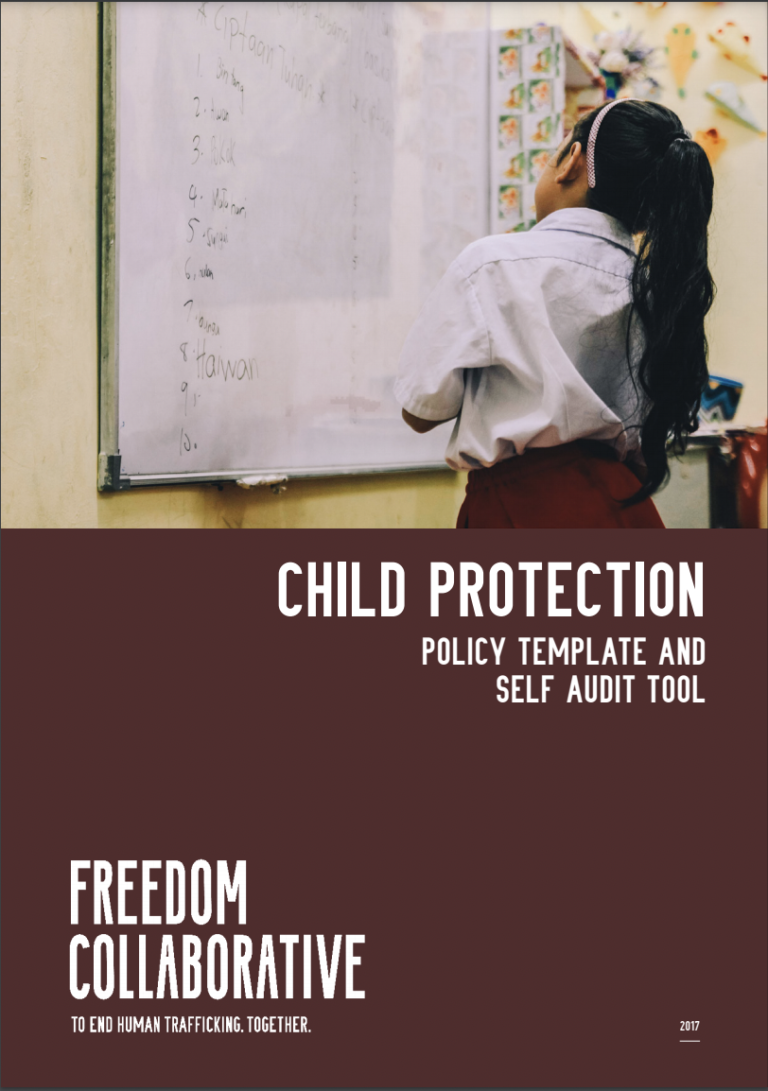This document is not a comprehensive resource on child protection policies, but rather provides a solid introduction on developing a policy for your organization. Organizations, staff, volunteers, and visitors must be fully aware that child abuse can happen in any setting, and that they must all commit to keeping children safe from harm. This resource aims to help organizations think through how to prioritize child protection and how to implement basic policies and standards that can keep children safe from unintentional abuse or further exploitation. In going forward, each organization will need to think about how to tailor and develop their policies to more closely align with their work and how they operate. Following, there is a Child Protection Policy template, which welcomes organizations to freely use as their own or integrate into their existing policies as well as a section of additional standards to implement. There is also a Self-Audit Tool from Keep Children Safe Coalition.

